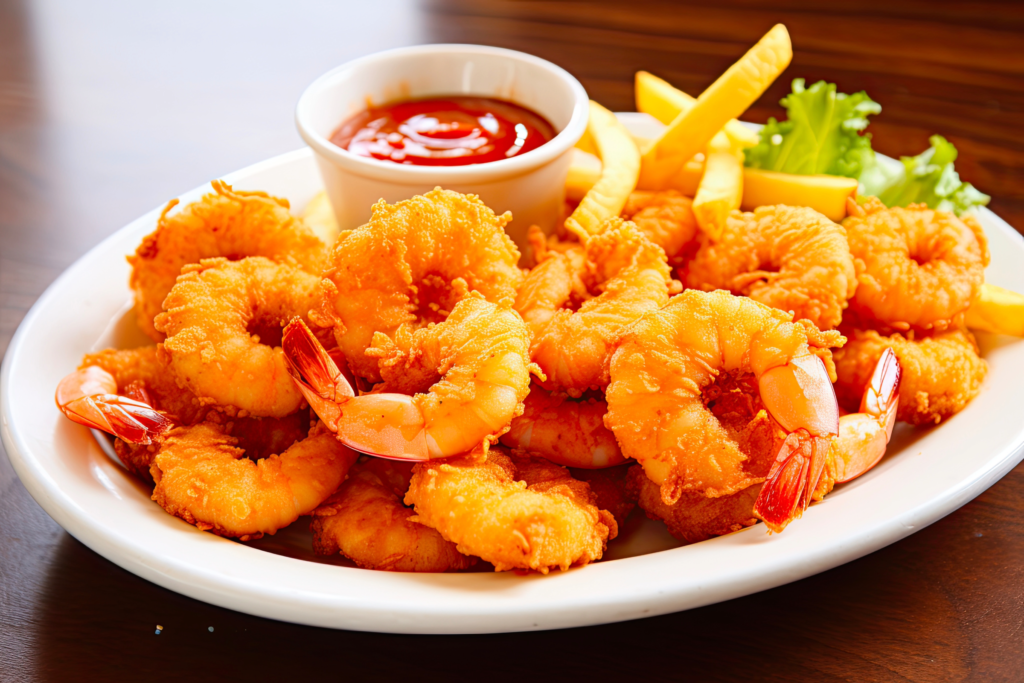Salt
Introduction:
Salt, an unassuming yet ubiquitous ingredient, is paramount in elevating the flavours of dishes worldwide. Its story has a rich history, diverse origins, and astonishing health benefits. Join us on a journey to explore the captivating world of salt – from its ancient beginnings to its modern applications – and uncover the many facets of this culinary cornerstone.
Origin:
The origin of salt is deeply intertwined with human civilization, stretching back thousands of years. It was so precious that it often served as a currency in various ancient societies. Salt is sourced from different places, leading to multiple types, each with its unique characteristics:
- Sea Salt: This substance is created by evaporating seawater. Sea salt retains some minerals, giving it a subtle salty flavour. Depending on the source, it can exhibit distinct textures and mineral profiles, making it a chef’s favourite.
- Rock Salt: This substance is obtained from salt deposits located underground. Rock is one of the oldest salt forms. It typically appears as significant, crystalline chunks. It is often used for de-icing roads, preserving food, and even as a decorative element in salt lamps.
- Table Salt: The most common salt found in households is extracted from underground salt mines and extensively refined to remove impurities. This refining process produces fine, uniform crystals ideal for general culinary use.
- Himalayan Pink Salt: Mined in the Himalayan region, this salt is famous for its pink hue, which is attributed to trace minerals, including iron. It is often used for its unique appearance and subtle flavour.
Health Benefits:
Beyond its role as a flavour enhancer, salt offers a range of health benefits when consumed in moderation:
- Electrolyte Balance: Salt, particularly its sodium component, is pivotal in maintaining electrolyte balance in the body. This balance is essential for muscle function, nerve transmission, and overall hydration.
- Iodine Source: Iodized salt, which is table salt fortified with iodine, helps prevent iodine deficiency, a condition associated with thyroid disorders and developmental issues, particularly during pregnancy.
- Blood Pressure Regulation: While excessive salt consumption can lead to high blood pressure, moderate salt intake is crucial for blood pressure regulation. It helps prevent both high and low blood pressure conditions.
- Flavour Enhancement: Salt can transform dull dishes into gastronomic delights by intensifying and harmonizing flavours. Its judicious use can elevate the culinary experience.
- Preservation: Historically, salt was employed as a preservative, inhibiting the growth of harmful microorganisms and extending the shelf life of various foods, from meats to fish and vegetables.
- Mineral Intake: Unrefined salts, like sea salt and Himalayan pink salt, may contain trace minerals such as magnesium, potassium, and calcium, contributing to overall mineral intake in the diet.
Important Considerations:
While salt boasts numerous advantages, excessive consumption can lead to health issues, including hypertension, cardiovascular problems, and kidney dysfunction. It is crucial to exercise moderation when adding salt to your dishes and be vigilant about hidden sodium in processed foods.
Culinary Significance:
Salt transcends cultural boundaries and is an indispensable component of nearly all global cuisines. Its role in cooking is multifaceted:
- Flavour Enhancement: Salt enhances the taste of savoury dishes, balancing and intensifying flavours. It can accentuate the natural sweetness of ingredients while reducing bitterness and improving umami notes.
- Baking Science: In baking, salt regulates yeast activity and strengthens the structure of the dough, leading to better texture and flavour in bread and pastries.
- Food Preservation: Salt-curing and brining are time-honoured techniques used to preserve meats, fish, and vegetables, imparting unique flavours and extending their shelf life.
- Seasoning Techniques: Various types of salt, such as kosher salt, are used for specific culinary applications. For example, kosher salt’s coarse texture makes it ideal for dry-brining meats.
- Gourmet Exploration: Gourmet salts, including Fleur de Sel from France, Black Lava Salt from Hawaii, and Smoked Salt from various regions, offer unique flavours and textures, making them prized ingredients among food enthusiasts.
- Cultural Significance: Salt holds cultural and symbolic significance in many societies. In Japan, for example, salt is used in purification rituals, while in India, it’s an essential component of various religious ceremonies.
Conclusion:
Salt’s rich origins, multifaceted health benefits, and indispensable role in the culinary world are a true cornerstone of gastronomy. As you reach for that salt shaker or explore speciality salts from around the globe, remember the remarkable journey of this unassuming mineral. To fully appreciate its culinary significance, always use it judiciously and savour its ability to elevate your culinary creations to new heights while safeguarding your health. Embrace the rich tapestry of salt’s history and its endless possibilities in the food world, and you’ll discover that this simple ingredient is anything but ordinary.
Level :
Type :
Time :
Level :
Type :
Time :
Level :
Type :
Time :
Level :
Type :
Time :
Level :
Type :
Time :
Level :
Type :
Time :
Level :
Type :
Time :
Level :
Type :
Time :
Level :
Type :
Time :









